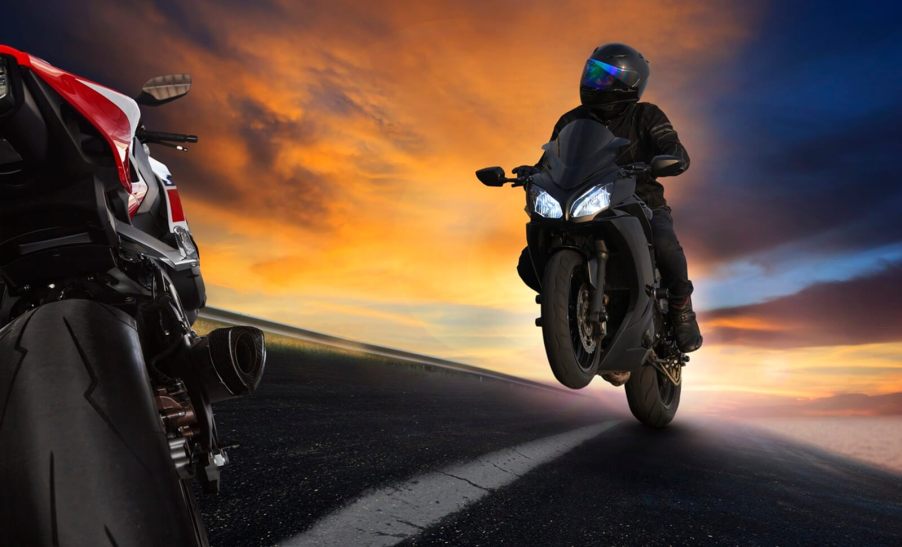
Why Don’t Police Chase Sportbike Motorcycles?
Motorcycles span the gamut from big baggers to 1,000-cc sportbikes. The latter are extremely fast due to a generous power-to-weight ratio. Unfortunately for law enforcement, that makes chasing offending performance motorcycles extremely difficult. So, why don’t police officers always chase sportbikes when they flee?
‘No-chase laws’ are a reality, but they don’t mean police officers are out of options for catching offending sportbike motorcycles
Certain states like Texas, California, New York, and Colorado have some form of motorcycle no-chase laws on the books. However, unbeknownst to many riders, most U.S. states don’t have a no-chase law, meaning police officers may chase speeding sportbikes as if they were any other vehicle, per the Motorcycle Legal Foundation.
That said, the logistics of chasing a powerful, light motorcycle may prevent a pursuit unit from maintaining a chase. After all, sportbikes like a BMW S 1000 RR can reach 60 mph in around two-and-a-half seconds on their way to nearly 200 mph. As such, a Ford Police Interceptor Utility or Dodge Charger Pursuit would have a difficult time keeping pace.

However, the presence of a no-chase law doesn’t mean sportbikes have free rein to break the law and get away from police officers. No, no, quite the opposite. Instead of engaging in a dramatic, dangerous, even lethal high-speed chase with a ballistically fast performance motorcycle, police officers may employ other means of tracking and apprehending offending riders.
For instance, a law enforcement officer (LEO) can radio ahead to other units. Those other units can establish roadblocks to stop a runaway rider without engaging in a dangerous chase. It’s an intelligent solution to an otherwise dangerous situation. The truth is that motorcycles seldom make a clean break away from police officers after they get an accurate description of the bike and rider. Consequently, riders should avoid the impetus to run from police officers. It’s dangerous to riders, bystanders, and police officers. Frankly, it’s also often futile.



